Keratosis pilaris, often referred to as "chicken skin," is a common skin condition characterized by small, red or flesh-colored bumps on the skin, usually on the upper arms, thighs, cheeks, or buttocks.
Symptoms of Keratosis Pilaris
Keratosis Pilaris manifests as small, rough bumps on the skin, often resembling goosebumps or chicken skin. These bumps, most commonly found on the arms, thighs, buttocks, and face, are a result of hair follicles getting clogged with a protein called keratin.
What Triggers Keratosis Pilaris?
1. Genetic Factors:
- One of the leading causes of KP is genetics. If your parents or close family members have KP, there's a higher likelihood that you might experience it too.
2. Keratin Overproduction:
- KP is essentially a buildup of keratin, a protein that protects the skin from infections and other harmful elements. When there's an overproduction of keratin, it can clog hair follicles, leading to the formation of those characteristic bumps.
3. Skin Dryness:
- Dry skin can exacerbate KP. When the skin lacks proper hydration, it becomes more prone to irritation and the development of these rough bumps.
Treatment Options for Keratosis Pilaris
While it's a harmless condition, many seek treatment for its appearance. Here's an exploration of treatment options:
1. Moisturization:
- Benefits: Keeping the skin well-moisturized can help reduce the roughness and appearance of bumps.
- Recommended Products: Use moisturizers containing urea, lactic acid, or alpha hydroxy acids.
2. Exfoliation:
- Benefits: Regular exfoliation helps remove dead skin cells, preventing the plugging of hair follicles.
- Recommended Products: Exfoliating cleansers or scrubs with salicylic acid or glycolic acid.
3. Topical Retinoids:
- Benefits: Prescription or over-the-counter retinoids can help promote cell turnover and prevent follicle blockage.
- Recommended Products: Tretinoin or adapalene creams.
4. Prescription Creams:
- Benefits: Dermatologists may prescribe creams containing urea, alpha hydroxy acids, or corticosteroids for more severe cases.
- Caution: Long-term use of corticosteroids should be under medical supervision.
5. Laser Therapy:
- Benefits: Laser treatments may help reduce redness and inflammation associated with keratosis pilaris.
- Considerations: Multiple sessions may be required for optimal results.
6. Light Therapy:
- Benefits: Exposure to natural sunlight or artificial ultraviolet (UV) light can sometimes improve the appearance of keratosis pilaris.
- Caution: Protect the skin with sunscreen to prevent UV damage.
7. Chemical Peels:
- Benefits: Chemical peels containing alpha hydroxy acids can help remove dead skin cells and improve skin texture.
- Professional Guidance: Seek a dermatologist for professional chemical peels.
8. Oral Medications:
- Benefits: In severe cases, oral medications like isotretinoin may be prescribed by a dermatologist.
- Caution: Oral medications may have side effects and require careful monitoring.
Preventive Measures:
- Gentle Cleansing: Avoid harsh soaps and excessive scrubbing, as they can worsen the condition.
- Warm Water Baths: Warm baths with gentle exfoliation can help open pores and soften the skin.
Individual responses to treatments vary, and it may take time to find the most effective approach. Consultation with a dermatologist is recommended for personalized advice and a tailored treatment plan based on the severity of the condition.
Remember, this information is for general understanding, and professional medical guidance is crucial for specific cases.
References:
- American Academy of Dermatology. (n.d.). Keratosis Pilaris: Diagnosis and Treatment. aad.org/public/diseases/a-z/keratosis-pilaris
- Mayo Clinic. (2021). Keratosis Pilaris. mayoclinic.org/diseases-conditions/keratosis-pilaris/diagnosis-treatment/drc-20351149
Author: Nikita Vishnoi BCA








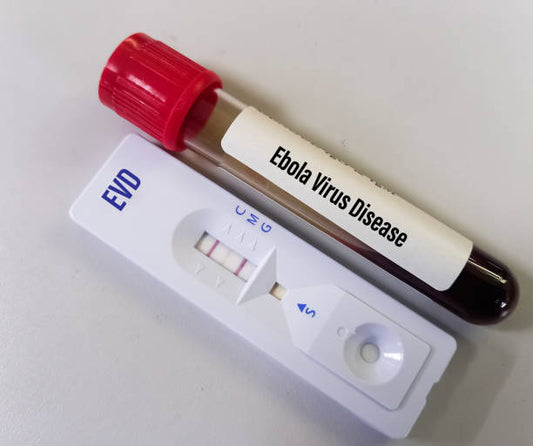
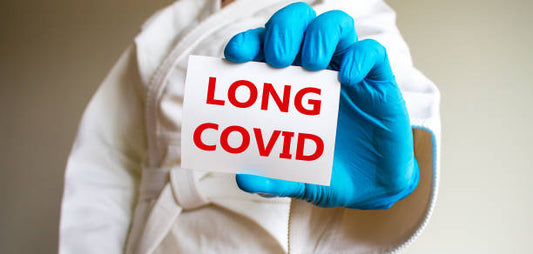
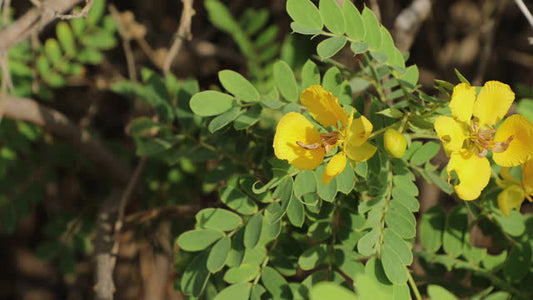
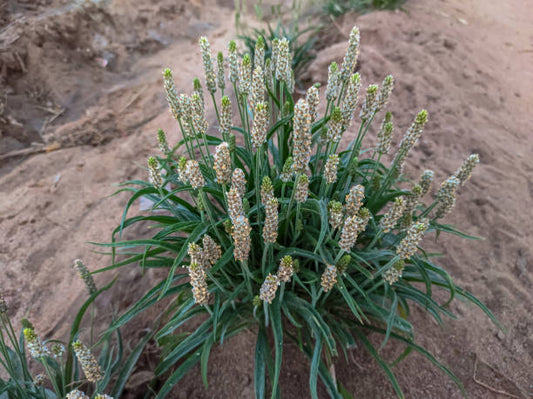
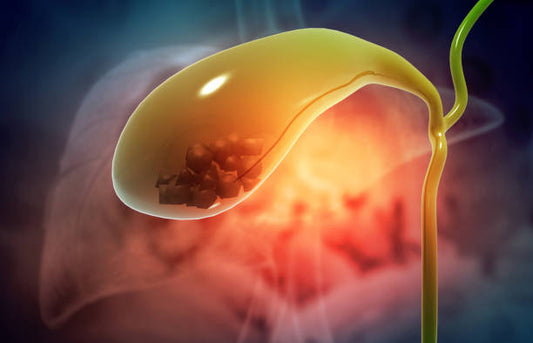
10 comments
THIS IS REAL. I REPEAT, THIS IS REAL. The black mirror is real, the black mirror is really powerful, effective and 100% reliable. My name is Walter Brian, I want to thank Dada Magical for giving his black mirror to me. Since he gave me his black mirror, I became rich, successful, protected, informed and powerful. I was browsing through the internet one day when I saw multiple testimonies on how Dada Magical has helped so many people with his black mirror. I thought it was a joke at first but I gave it a try and contacted him. He sold the black mirror to me and told me how to use it and all that I need to do. I followed the instructions just as he told me and to my greatest surprise, it worked just as he told me. The black mirror is still working for me. The mirror also brings good luck, blessings and information. Contact Dada Magical now on his email; Dadablackmirrors@gmail.com and he will help you also with the black mirror just the same way he helped me. Thank you Great Dada Magical.
THIS IS REAL. I REPEAT, THIS IS REAL. The black mirror is real, the black mirror is really powerful, effective and 100% reliable. My name is Walter Brian, I want to thank Dada Magical for giving his black mirror to me. Since he gave me his black mirror, I became rich, successful, protected, informed and powerful. I was browsing through the internet one day when I saw multiple testimonies on how Dada Magical has helped so many people with his black mirror. I thought it was a joke at first but I gave it a try and contacted him. He sold the black mirror to me and told me how to use it and all that I need to do. I followed the instructions just as he told me and to my greatest surprise, it worked just as he told me. The black mirror is still working for me. The mirror also brings good luck, blessings and information. Contact Dada Magical now on his email; Dadablackmirrors@gmail.com and he will help you also with the black mirror just the same way he helped me. Thank you Great Dada Magical.
THIS IS REAL. I REPEAT, THIS IS REAL. The black mirror is real, the black mirror is really powerful, effective and 100% reliable. My name is Walter Brian, I want to thank Dada Magical for giving his black mirror to me. Since he gave me his black mirror, I became rich, successful, protected, informed and powerful. I was browsing through the internet one day when I saw multiple testimonies on how Dada Magical has helped so many people with his black mirror. I thought it was a joke at first but I gave it a try and contacted him. He sold the black mirror to me and told me how to use it and all that I need to do. I followed the instructions just as he told me and to my greatest surprise, it worked just as he told me. The black mirror is still working for me. The mirror also brings good luck, blessings and information. Contact Dada Magical now on his email; Dadablackmirrors@gmail.com and he will help you also with the black mirror just the same way he helped me. Thank you Great Dada Magical.
THIS IS REAL. I REPEAT, THIS IS REAL. The black mirror is real, the black mirror is really powerful, effective and 100% reliable. My name is Walter Brian, I want to thank Dada Magical for giving his black mirror to me. Since he gave me his black mirror, I became rich, successful, protected, informed and powerful. I was browsing through the internet one day when I saw multiple testimonies on how Dada Magical has helped so many people with his black mirror. I thought it was a joke at first but I gave it a try and contacted him. He sold the black mirror to me and told me how to use it and all that I need to do. I followed the instructions just as he told me and to my greatest surprise, it worked just as he told me. The black mirror is still working for me. The mirror also brings good luck, blessings and information. Contact Dada Magical now on his email; Dadablackmirrors@gmail.com and he will help you also with the black mirror just the same way he helped me. Thank you Great Dada Magical.
THIS IS REAL. I REPEAT, THIS IS REAL. The black mirror is real, the black mirror is really powerful, effective and 100% reliable. My name is Walter Brian, I want to thank Dada Magical for giving his black mirror to me. Since he gave me his black mirror, I became rich, successful, protected, informed and powerful. I was browsing through the internet one day when I saw multiple testimonies on how Dada Magical has helped so many people with his black mirror. I thought it was a joke at first but I gave it a try and contacted him. He sold the black mirror to me and told me how to use it and all that I need to do. I followed the instructions just as he told me and to my greatest surprise, it worked just as he told me. The black mirror is still working for me. The mirror also brings good luck, blessings and information. Contact Dada Magical now on his email; Dadablackmirrors@gmail.com and he will help you also with the black mirror just the same way he helped me. Thank you Great Dada Magical.